Japanese Magoji kites on display at Noguchi Museum
Kites from Magoji, the legendary Japanese kite atelier, are on display at the Noguchi Museum shop until 6 August 2023
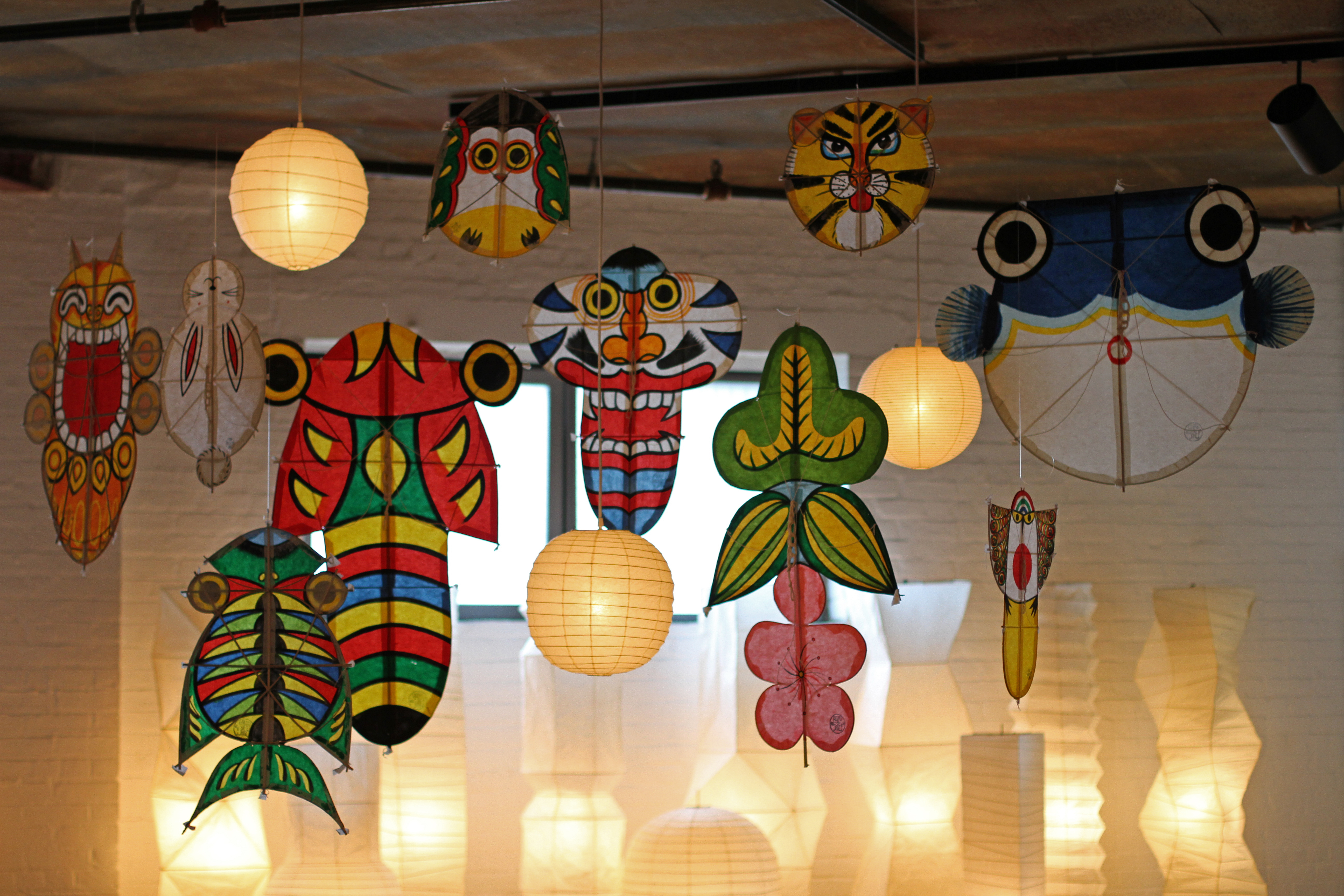
Don't discount a museum gift shop as only a place to buy merch. In fact, until 6 August 2023, the Noguchi Museum Shop, in New York, is mounting a special installation from Magoji, the legendary kite atelier from the windy Tobata region of Kitakyushu City, on Kyushu island in Japan.
Magoji Kites at Noguchi Museum
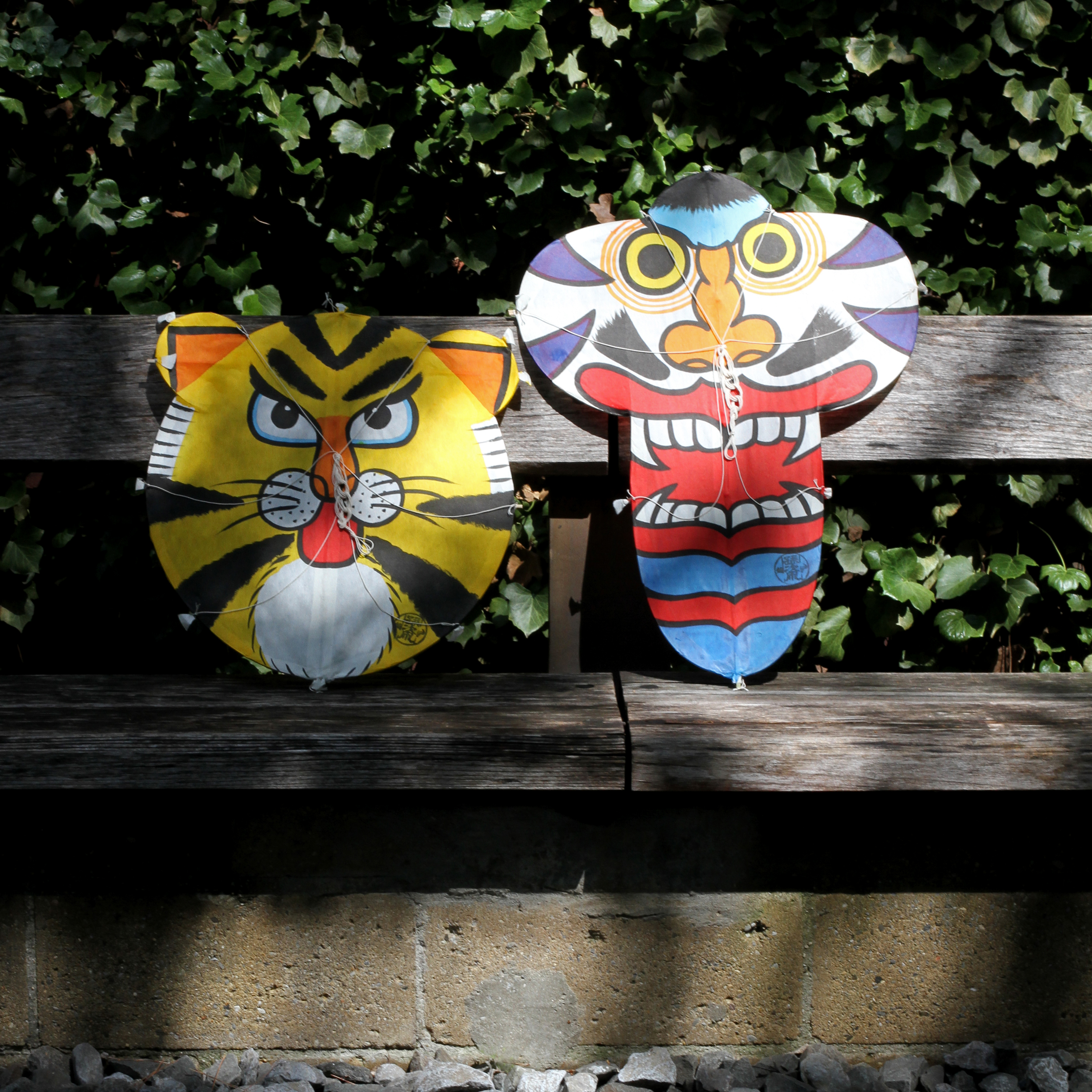
Magoji kites are revered in Japan: founded in the Meiji era by Magoji Takeuchi, these bamboo-and-washi paper aerial objects fashioned as folklore figures and animal creatures (the cicada in particular), are cultural totems. Today, the tradition is carried on by Magoji’s grandson Yoshihiro Takeuchi and great granddaughter Azusa Tatsuishi. The kites themselves are constructed as a complex system of knots tied around bent bamboo, the process Takeuchi-san oversees, while Azusa’s colourfully-painted designs are then affixed to the skeletons to make the kite complete.
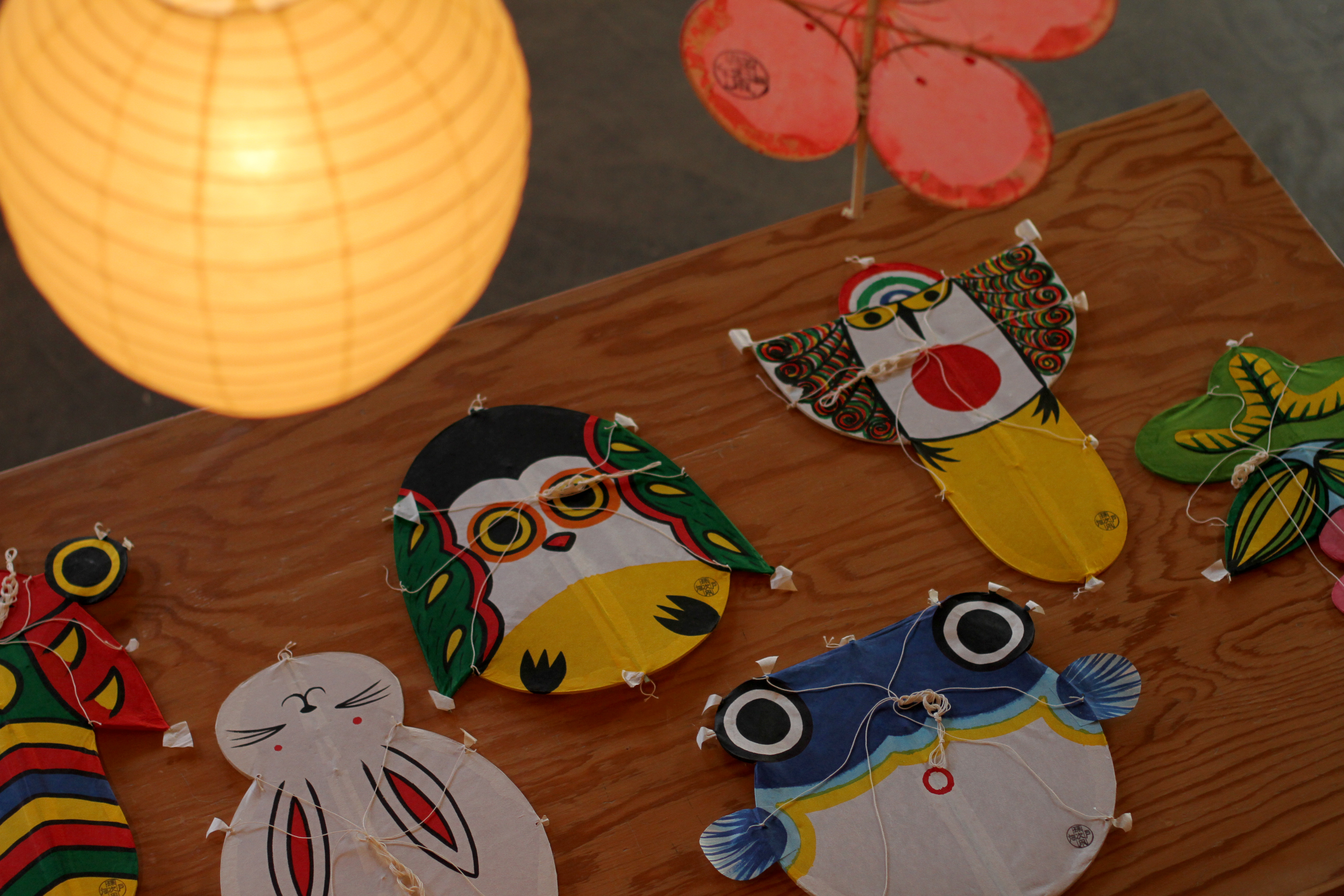
This installation - which is really a thoughtful and curated selling exhibition - as Evan Scott, Manager of Retail and Merchandising, explains, is an opportunity to display some 70 of Magoji iconic designs, 'to give them greater context to see just how much work and vision is put into these.'
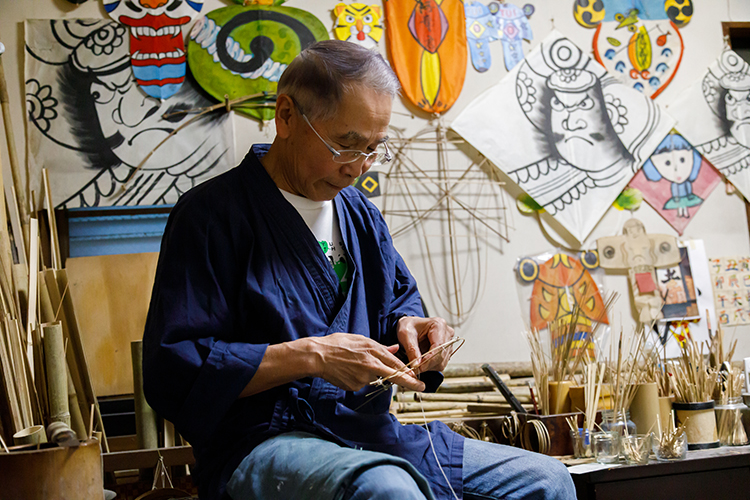
Yoshihiro Takeuchi constructing a kite
How this all came about is a tale of inquiry and serendipity. As Scott explains, the assistant retail manager Riccardo Sossella, who in his spare time was researching the Mingei Movement, stumbled across Magoji. Almost simultaneously, fellow-museum staffer, Miwa Neishi, a ceramicist, was traveling on the island of Kyushu, visited the the workshop and parlayed her encounter with the kite-makers to the museum team. Scott saw the opportunity to collaborate, with the caveat that 'we needed to try to see if they have the capacity to work with us because it's only the two of them, and they've got a pretty good business in Japan.'
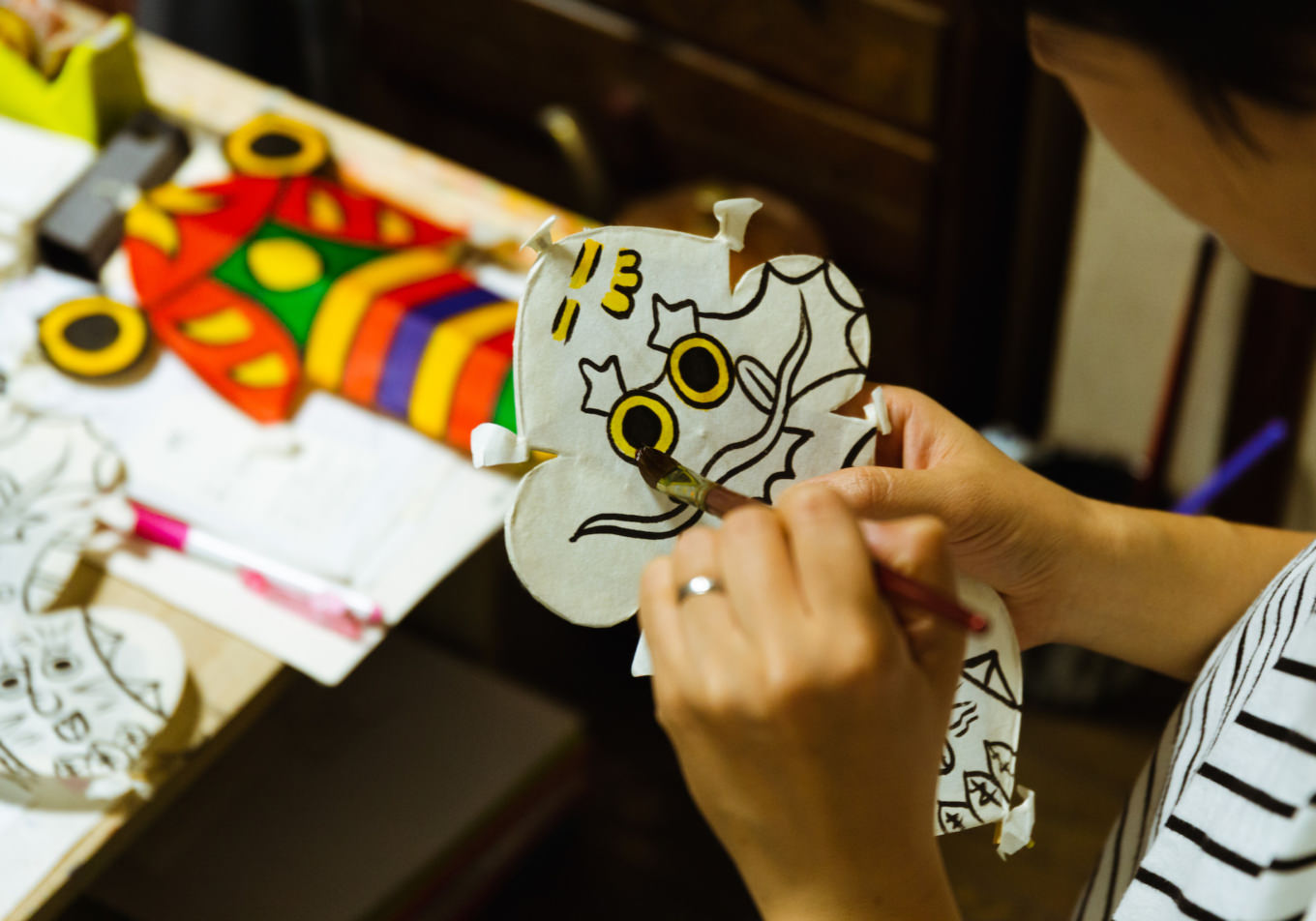
Indeed Magoji could supply the goods. And, as Scott observes, 'for craftspeople from Japan who grew up knowing about Noguchi having their work here is very meaningful.' Now in the shop, the kites are hung from the ceiling, with their washi-paper folklore figures illuminated by their material kin, Noguchi’s Akari lamps, leaving 'a fascinating play between two,' adds Scott.
Isamu Noguchi and kites
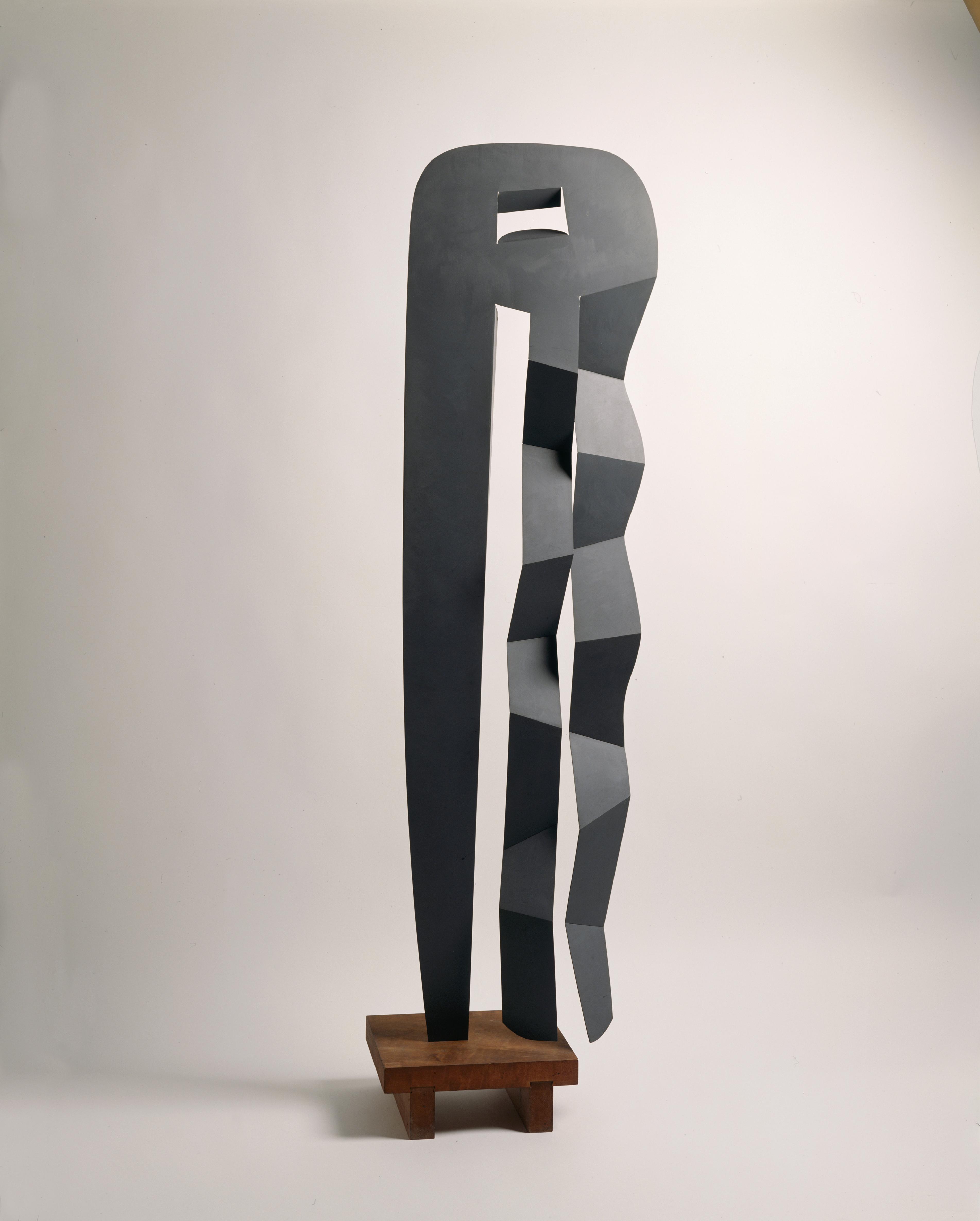
Isamu Noguchi, The Kite, 1959. Anodized aluminum (first of two editions). Collection of The Isamu Noguchi Foundation and Garden Museum, New York
The connection between Isamu Noguchi and kites is long and rich—in fact super fans of Noguchi might instantly remember the sculpture Kite, from 1958. But Noguchi’s connection to the high-flying toy wasn’t just a one-off inquiry of form. In fact, the Twentieth-century artistic titan 'was primarily interested in Japanese traditional craft' as Scott says, had a long-standing 'meeting of minds' friendship with Tsutomu Hiroi, perhaps Japan’s most famous kite-maker.
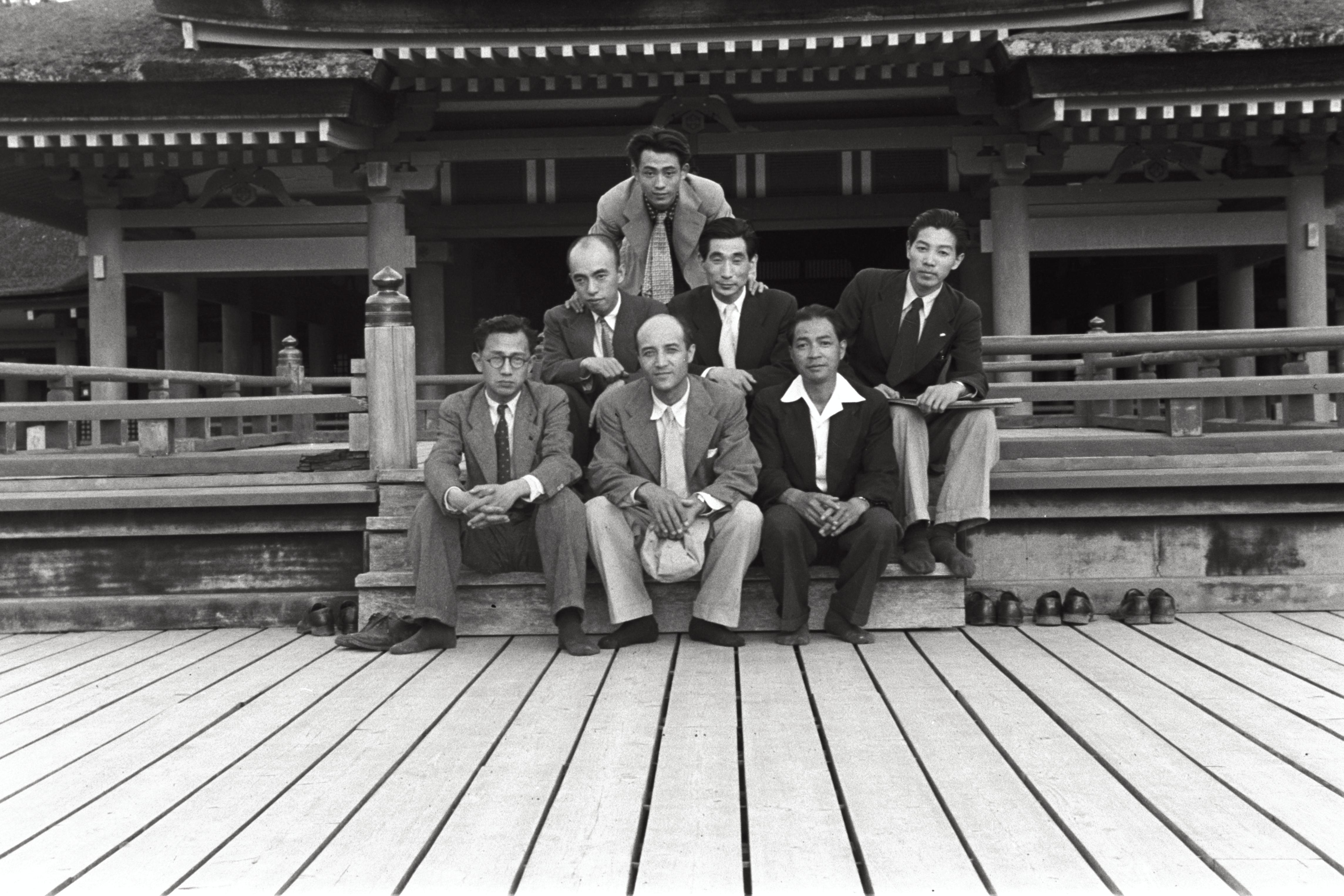
Michio Noguchi, Tsutomu Hiroi, Isamu Noguchi, Kenzo Tange and others. Itsukushima (Miyajima), Japan, c. 1950s
Hiroi was one of Noguchi’s sculpture assistants, even helping Noguchi on the Hiroshima Peace Bridge project, but broke out on his own in the 1950s to delve deep into the realm of kites; Noguchi stayed close, even writing the foreword to Hiroi’s definitive monograph in 1972. While the curatorial connection hasn’t ever been formally made, there’s often visual parity in Noguchi’s works that echo kite skeletons - just look at the 1955 stage sets hat he designed for the Martha Graham Dance Company.
Wallpaper* Newsletter
Receive our daily digest of inspiration, escapism and design stories from around the world direct to your inbox.
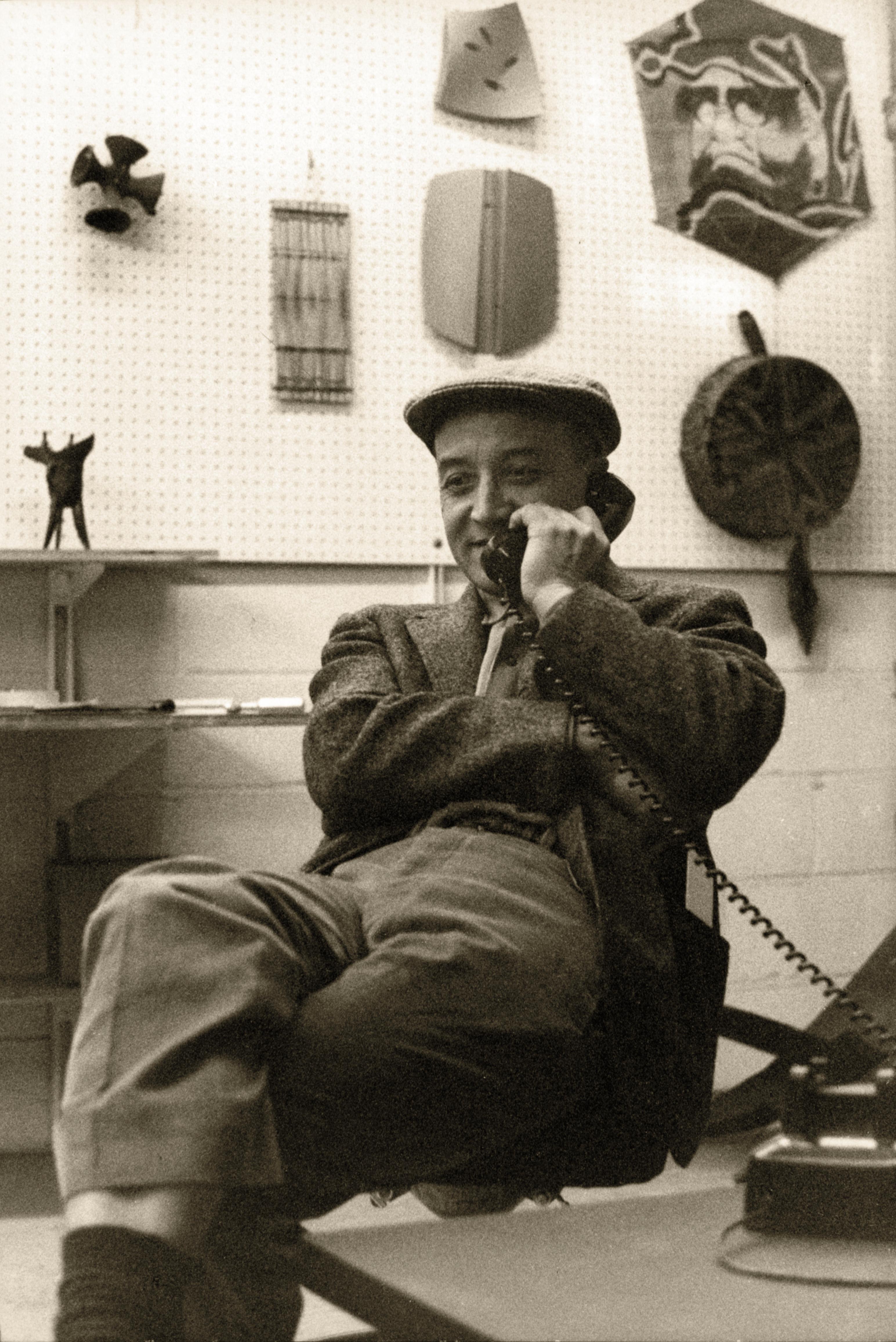
Isamu Noguchi at his Long Island City studio, c. 1960s
Just as a stage set is here today, and gone tomorrow, so will the Magoji. Why such a short engagement? 'Hopefully they’ll all sell and then there won't be any left,' says Scott with a laugh. For a lasting memento (if you can’t snag a kite yourself), the museum is also hosting a drop in children’s 'wind element' class that’s also a kite-making program on Saturday 5 August. 'We're just trying to like live up to Noguchi’s standards in his own life and practice,' concludes Scott.
Kite House Magoji are on view at the Isamu Noguchi Foundation and Garden Museum until 6 August 2023
9-01 33rd Road (at Vernon Boulevard)
Long Island City, New York 11106
Julie Baumgardner is an arts and culture writer, editor and journalist who's spent nearly 15 years covering all aspects of art, design, culture and travel. Julie's work has appeared in publications including Bloomberg, Cultured, Financial Times, New York magazine, The New York Times, Wall Street Journal, as well as Wallpaper*. She has also been interviewed for The Atlanta Journal-Constitution, Miami Herald, Observer, Vox, USA Today, as well as worked on publications with Rizzoli press and spoken at art fairs and conferences in the US, Middle East and Asia. Find her @juliewithab or juliebaumgardnerwriter.com
-
 Japan in Milan! See the highlights of Japanese design at Milan Design Week 2025
Japan in Milan! See the highlights of Japanese design at Milan Design Week 2025At Milan Design Week 2025 Japanese craftsmanship was a front runner with an array of projects in the spotlight. Here are some of our highlights
By Danielle Demetriou
-
 Tour the best contemporary tea houses around the world
Tour the best contemporary tea houses around the worldCelebrate the world’s most unique tea houses, from Melbourne to Stockholm, with a new book by Wallpaper’s Léa Teuscher
By Léa Teuscher
-
 ‘Humour is foundational’: artist Ella Kruglyanskaya on painting as a ‘highly questionable’ pursuit
‘Humour is foundational’: artist Ella Kruglyanskaya on painting as a ‘highly questionable’ pursuitElla Kruglyanskaya’s exhibition, ‘Shadows’ at Thomas Dane Gallery, is the first in a series of three this year, with openings in Basel and New York to follow
By Hannah Silver
-
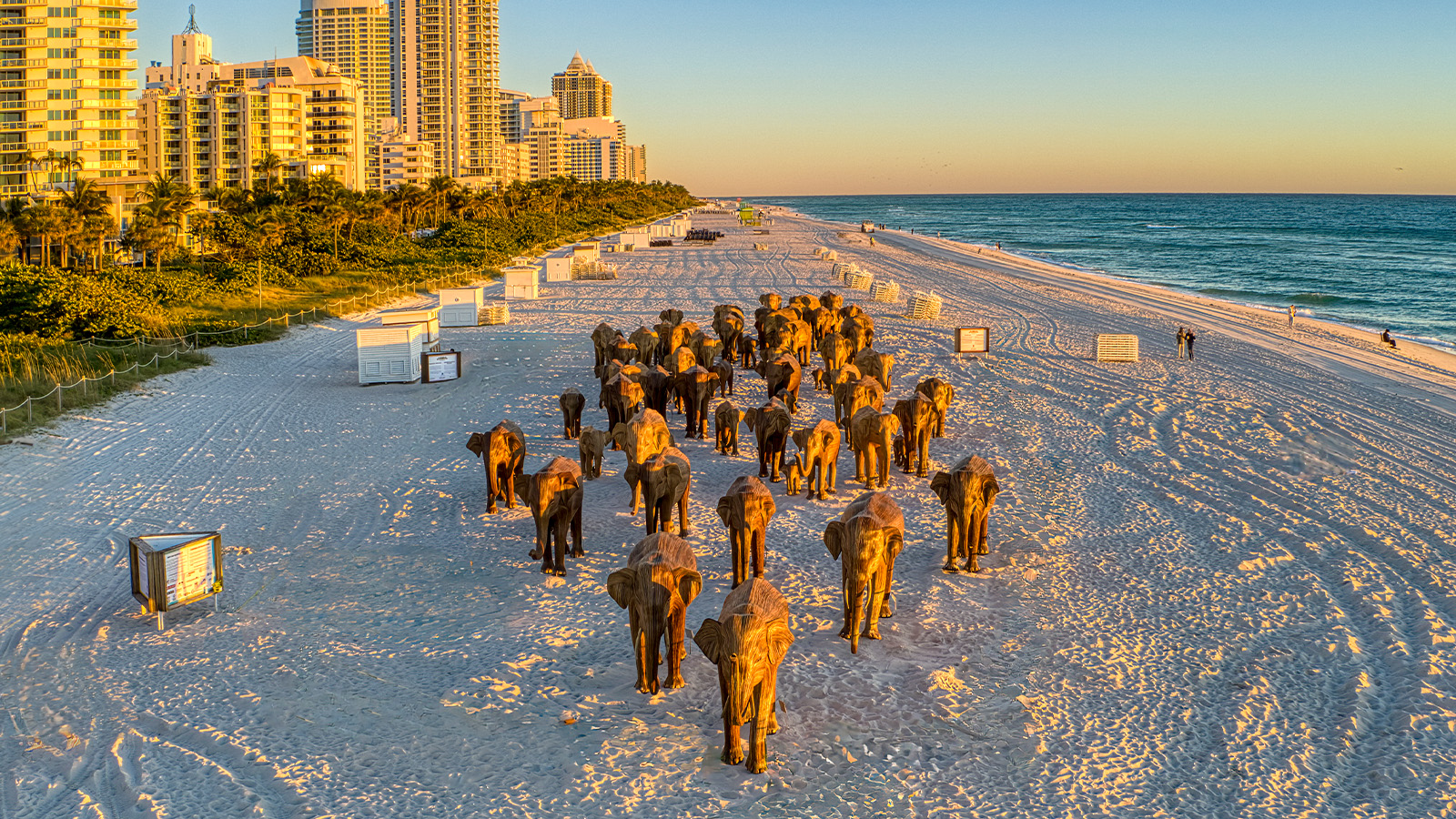 From migrating elephants to a divisive Jaguar, was this the best Design Miami yet?
From migrating elephants to a divisive Jaguar, was this the best Design Miami yet?Here's our Design Miami 2024 review – discover the best of everything that happened at the fair as it took over the city this December
By Henrietta Thompson
-
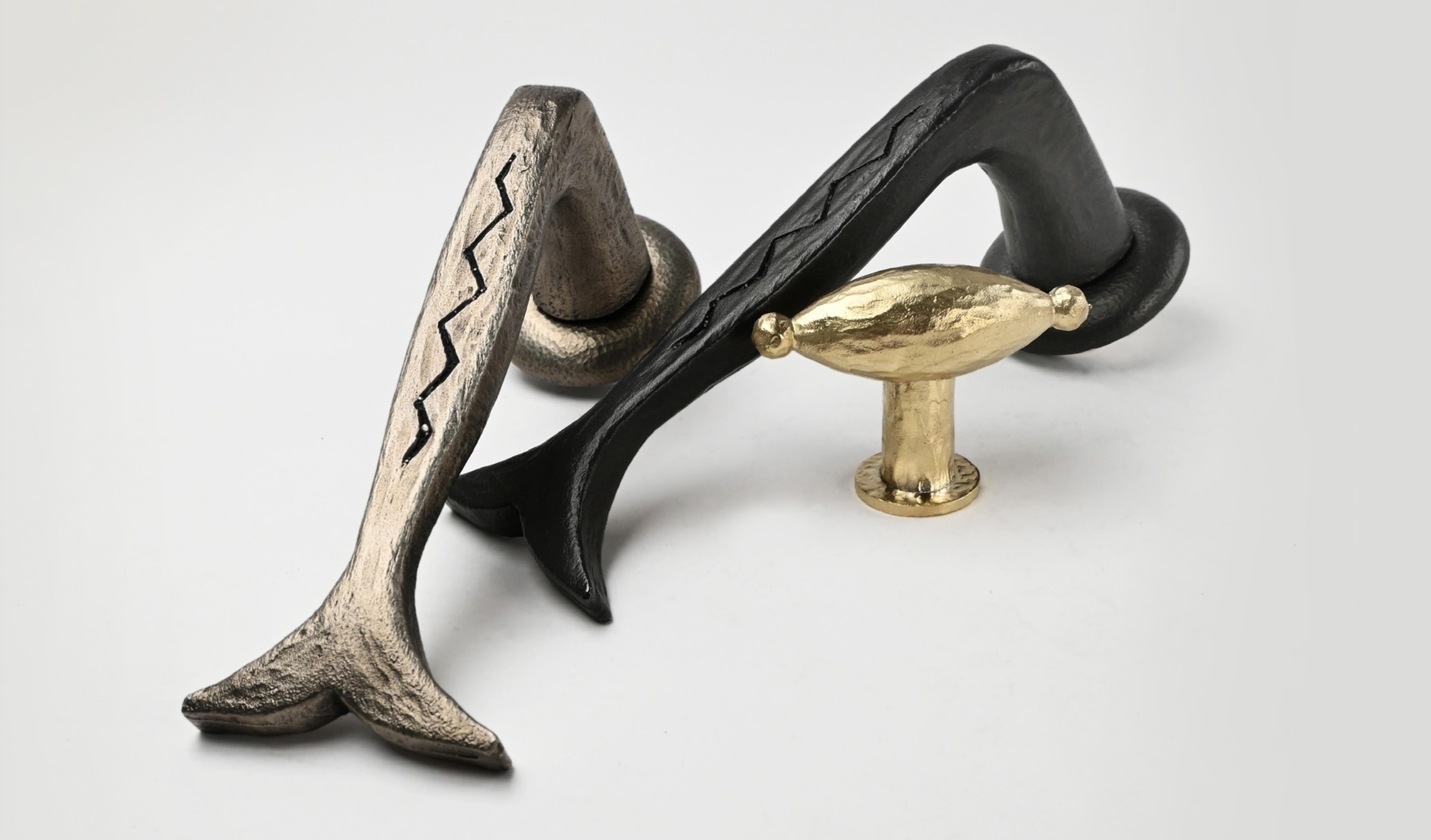 California cool: Studio Shamshiri debuts handmade door handles and pulls
California cool: Studio Shamshiri debuts handmade door handles and pullsLos Angeles interior design firm Studio Shamshiri channels the spirit of the Californian landscape into its handcrafted hardware collections. Founder Pamela Shamshiri shares the inspiration behind the designs
By Ali Morris
-
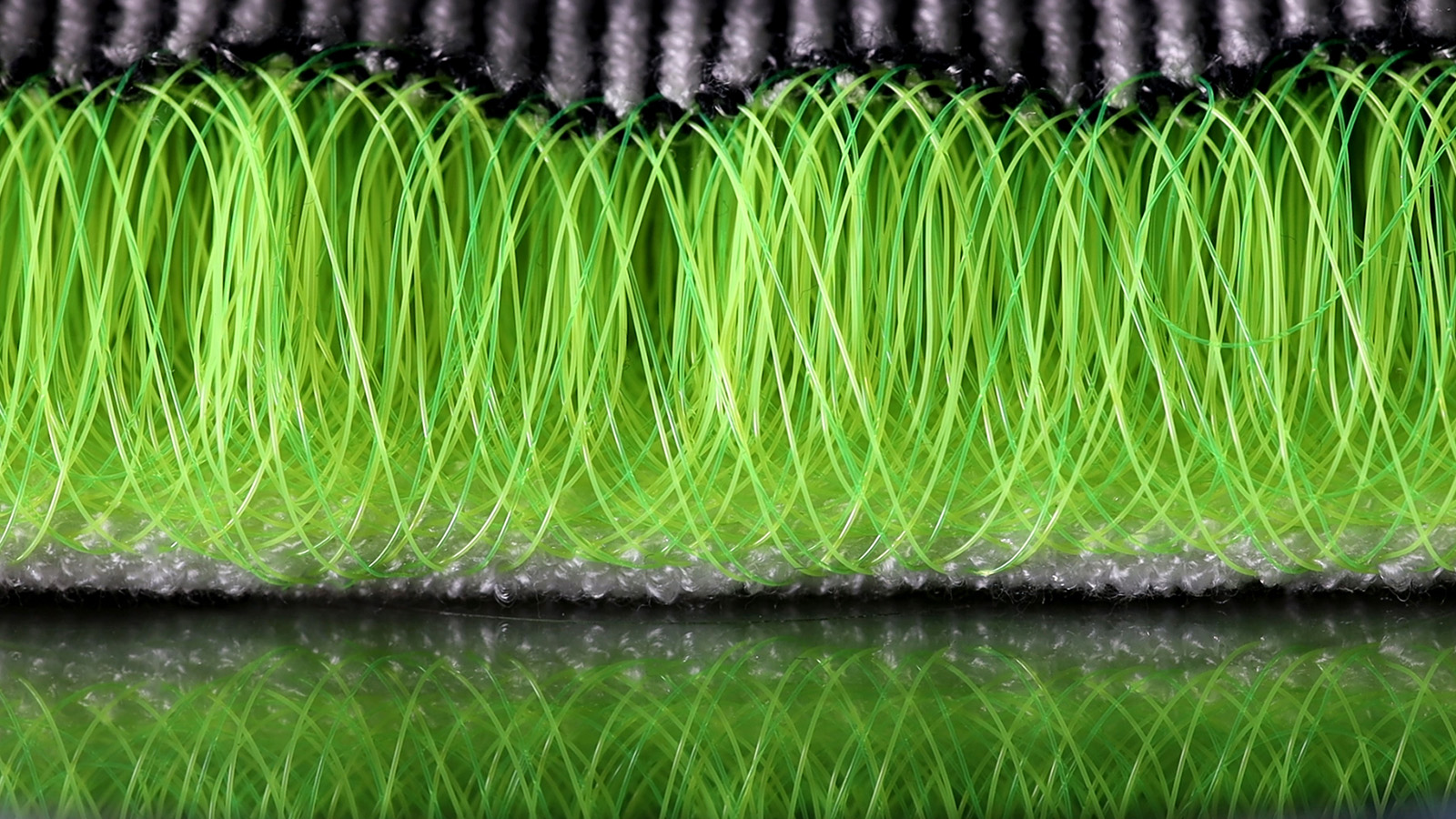 Is Emeco's 'No Foam KNIT' a sustainable answer to synthetic upholstery textiles?
Is Emeco's 'No Foam KNIT' a sustainable answer to synthetic upholstery textiles?'Make more with less' is Emeco's guiding light. Now, the US furniture maker's new mono-material textile, the 'No Foam KNIT', may offer a sustainable solution to upholstery materials
By Ali Morris
-
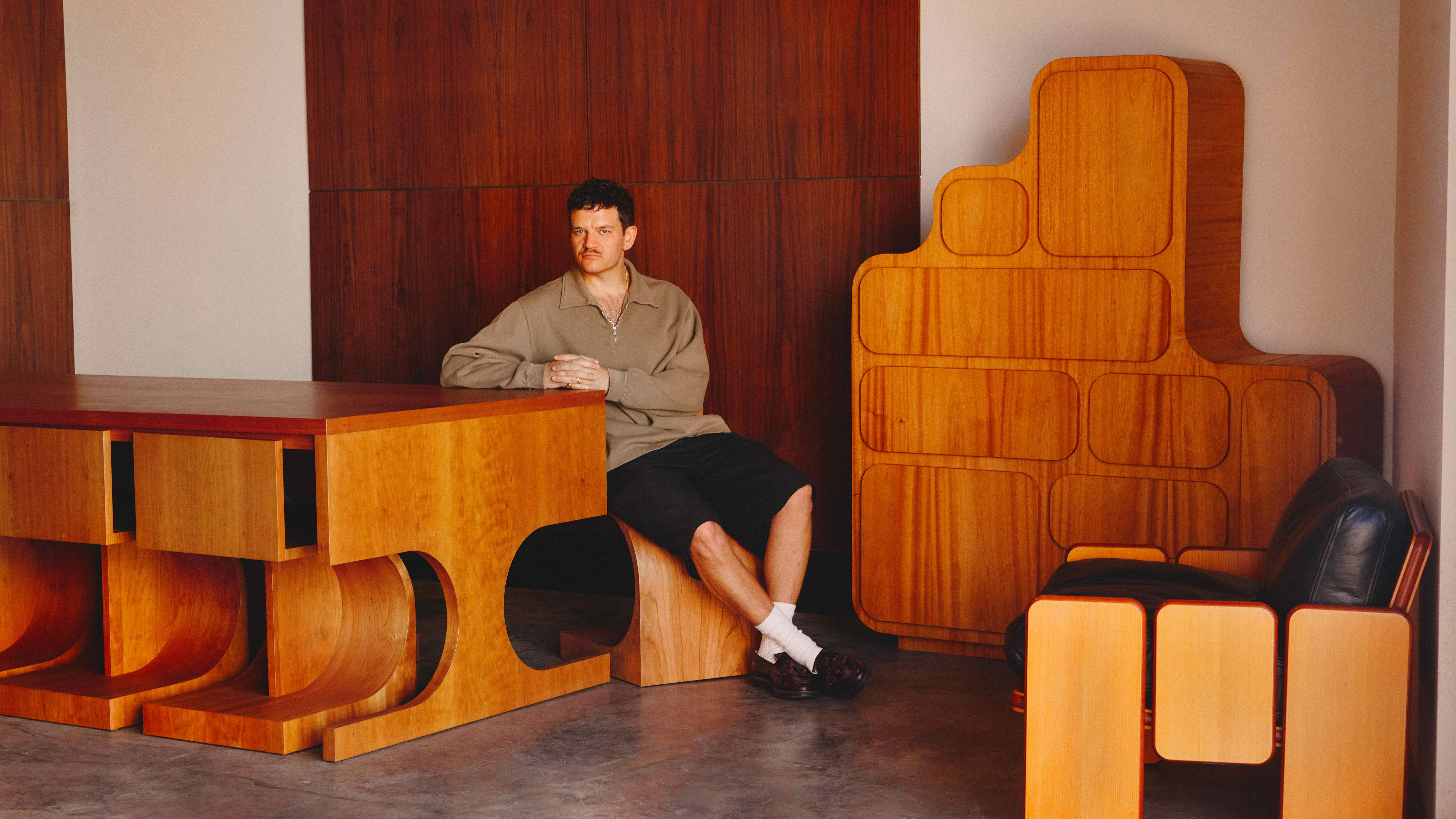 Smooth operator: Willett debuts new furniture at Design Miami 2024, with a playful touch of retro allure
Smooth operator: Willett debuts new furniture at Design Miami 2024, with a playful touch of retro allureLA furniture designer Willett turned heads in the design world with the launch of his eponymous brand earlier this year. Ahead of his Design Miami debut, he told us what’s in store for 2025
By Ali Morris
-
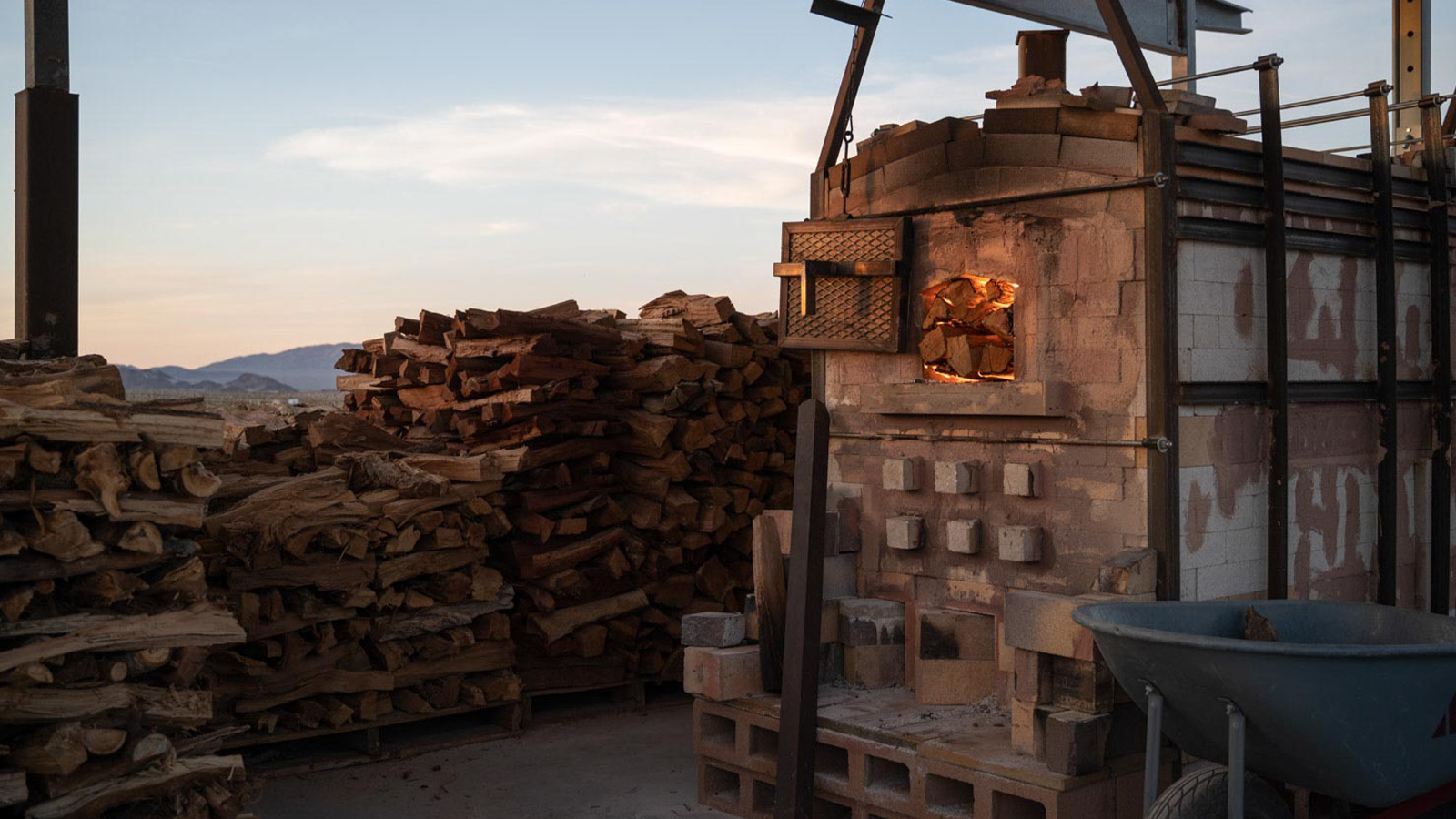 Forged in the California desert, Jonathan Cross’ brutalist ceramic sculptures go on show in NYC
Forged in the California desert, Jonathan Cross’ brutalist ceramic sculptures go on show in NYCJoshua Tree-based artist Jonathan Cross’ sci-fi-influenced works are on view at Elliott Templeton Fine Arts in New York's Chinatown
By Dan Howarth
-
 Italian designer Enrico Marone Cinzano fuses natural perfection with industrial imperfection
Italian designer Enrico Marone Cinzano fuses natural perfection with industrial imperfectionEnrico Marone Cinzano's first solo show at New York’s Friedman Benda gallery debuts collectible furniture designs that marry organic materials with upcycled industrial components
By Adrian Madlener
-
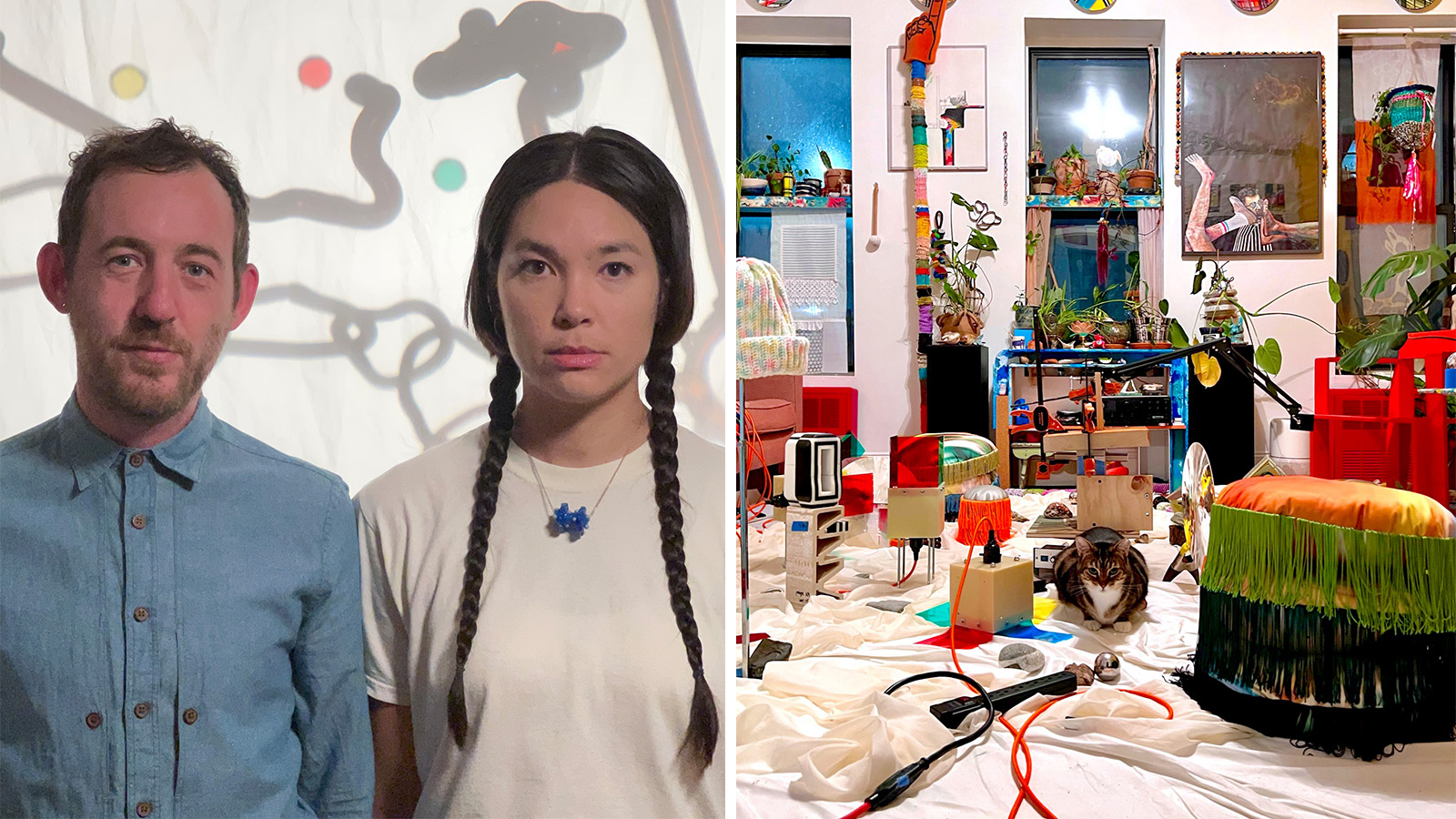 One to Watch: Brooklyn studio Outgoing gives new meaning to the idea of world building
One to Watch: Brooklyn studio Outgoing gives new meaning to the idea of world buildingLife and creative partners Brett Gui Xin and Del Hardin Hoyle from Outgoing blur the lines between craft and concept in experimental designs that have the potential for greater application
By Adrian Madlener
-
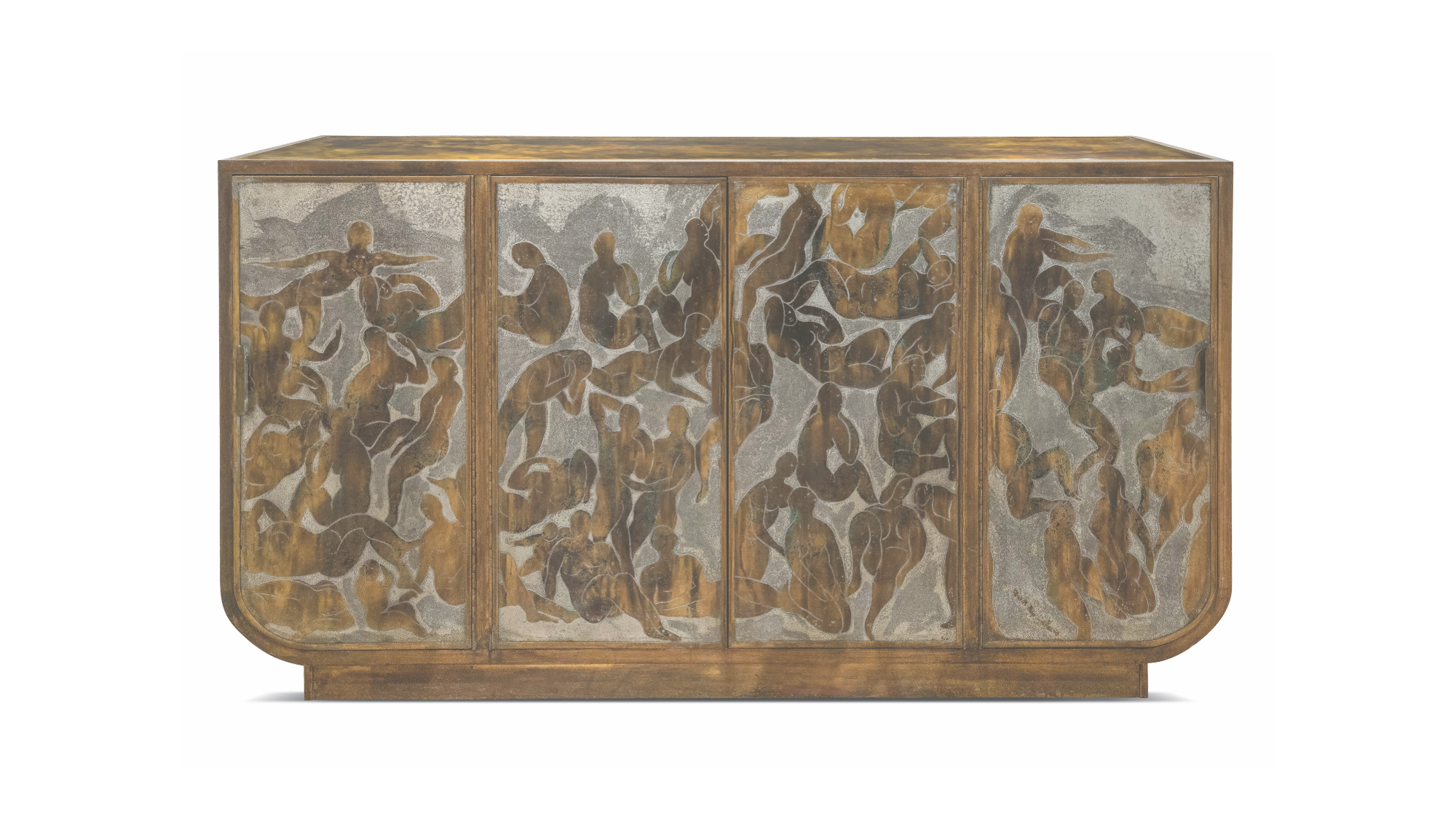 Discover the alchemy of American artists Philip and Kelvin LaVerne
Discover the alchemy of American artists Philip and Kelvin LaVerneThe work of Philip and Kelvin LaVerne, prized by collectors of 20th-century American art, is the subject of a new book by gallerist Evan Lobel; he tells us more
By Léa Teuscher